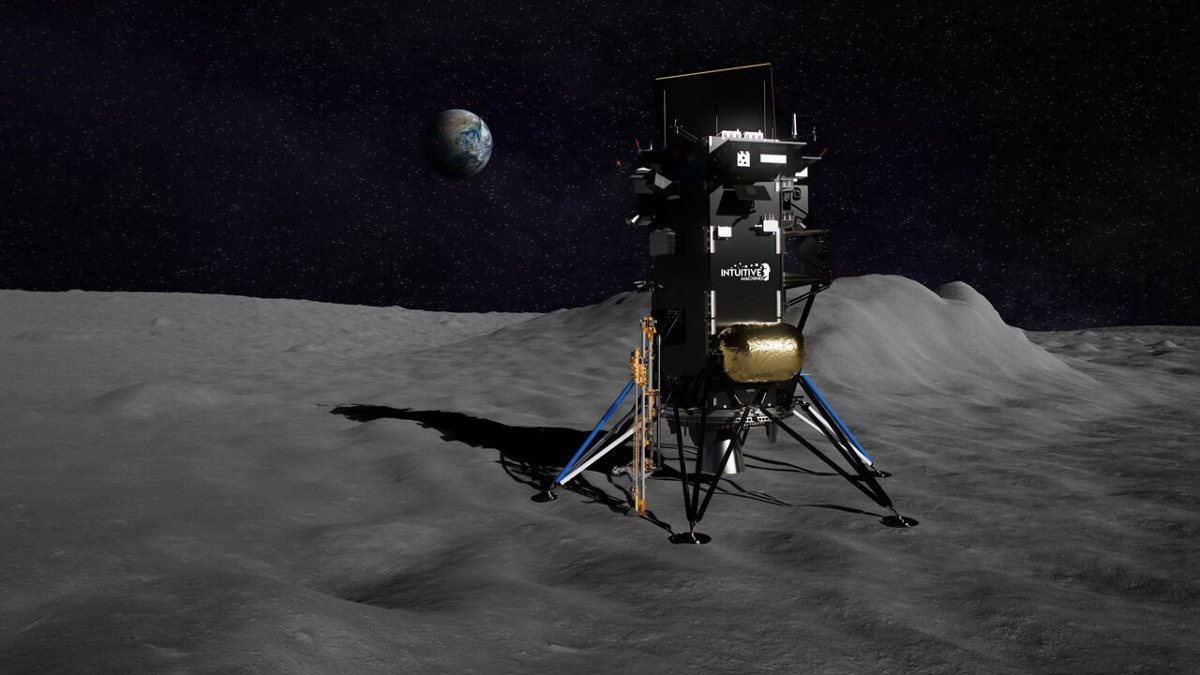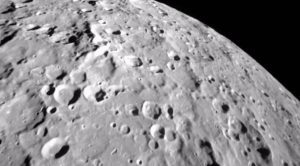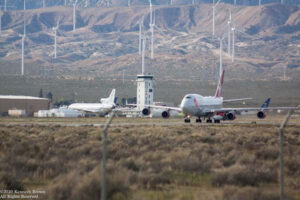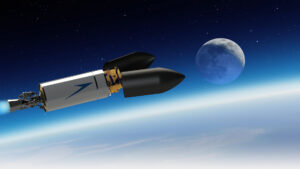Intuitive Machines’ Micro-Nova Robot Prepares To Explore Moon’s Dark Corners
19th Feb 2025
Intuitive Machines is preparing to use its Micro-Nova Robot, Grace, on the Moon as it prepares for its second lunar mission. This mission is part of the NASA Commercial Lunar Payload Services (CLPS) initiative and will launch on 28 February 2025.
Hopping Micro-Nova Robot To Help Navigate The Moon
For a long while now, astronauts have made various trips to the Moon to help us better understand the lunar body. Regardless of these many trips, there are still some parts of the Moon that remain unexplored due to the dense shadows that overlap these areas.
These dense shadows are caused by massive craters on the Moon. Intuitive Machines hopes to use Grace to explore these areas. The robot, Grace, is a hopping Micro-Nova machine designed by Intuitive Machines. It will launch to the Moon aboard the SpaceX Falcon 9 rocket in a few days.
This rocket will carry the lander Athena that will house Grace as well as other equipment during this space journey. Once on the Moon, Grace will get off from the lander and kick off her mission on the lunar body.
The part of the Moon where the Athena lander will offload its payload is Mons Mouton, found near the Moon’s South Pole. Once Grace is all set up and ready for exploration, she’ll hop over to Crater H.
After making its way to Crater H, which is 503 meters (1650 feet) from the landing site, Grace will search for water and other resources. Grace’s onboard camera will take pictures of the crater and send them back to Earth for evaluation.
Details On Grace The Intuitive Machines Micro-Nova Robot
Intuitive Machines designed this Micro-Nova robot as a propulsive drone for deployment to the Moon, where it’ll support the firm’s second lunar mission. Being a propulsive drone, this robot hops instead of flying like a regular drone would, assisting it to hop in its propulsion system.
This robot or drone can complete a total of five hops at different altitudes. So its third hop is going to be higher (at 100 meters) than its previous hops. The fourth hop will take it into the crater on the Moon and the fifth will bring it out of the crater.
While in Crater H, the Micro-Nova robot will rely on its cameras and 4G/LTE connection to take pictures and stay in touch with the Athena lander. But why is this robot or drone referred to as Grace?
Intuitive Machines’ hopping Micro-Nova robot is named Grace after Grace Hopper. Grace Hooper was a pioneer mathematician and computer scientist who was a force to reckon with the world of programming.
She is popular as “the first lady of programming” due to her work in accessible programming. So getting a name after such an amazing person in history is symbolic of the Intuitive Machines’ hopping robot.







Thank you for your comment! It will be visible on the site after moderation.